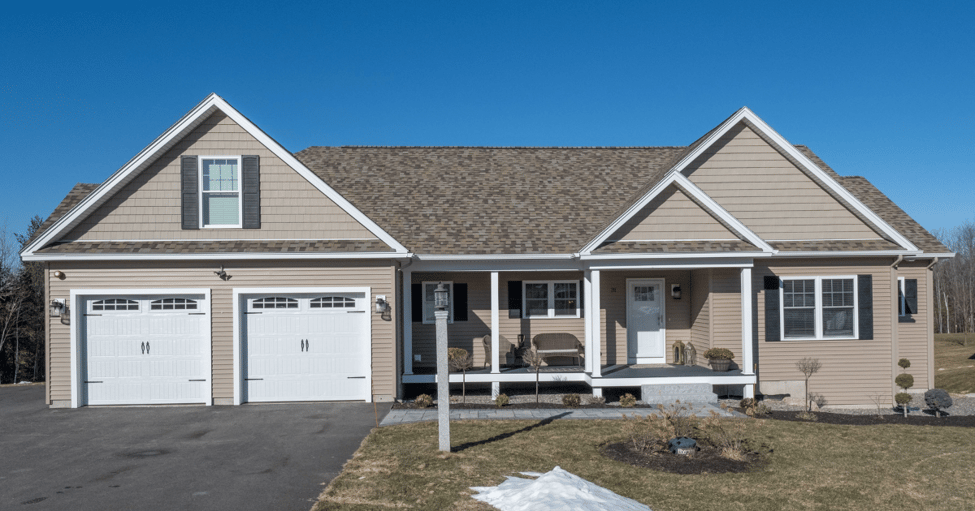When it comes to buying or selling a home, location is one of the most critical factors to consider. The neighborhood where a property is situated can significantly influence its value, desirability, and long-term investment potential. In this blog post, we'll explore key insights about neighborhoods and home values, empowering buyers and sellers to make informed decisions based on location-related facts.
Proximity to Amenities:
Fact: The proximity of a home to amenities such as schools, parks, shopping centers, restaurants, and public transportation can significantly impact its value. Homes located within walking distance or a short commute to amenities are often more desirable to buyers and may command higher prices in the market.
Quality of Schools:
Fact: The quality of local schools is a major consideration for many homebuyers, even those without children. Homes located within highly-rated school districts or near prestigious private schools tend to attract more buyers and command premium prices. Access to quality education can significantly influence home values in a neighborhood.
Crime Rates and Safety:
Fact: Neighborhood safety is a top priority for most homebuyers. Areas with low crime rates and a strong sense of community security tend to be more desirable and command higher home values. Conversely, neighborhoods with high crime rates or safety concerns may experience decreased demand and lower property values.
Property Taxes and HOA Fees:
Fact: Property taxes and homeowners association (HOA) fees can vary significantly from one neighborhood to another and directly impact the cost of homeownership. Higher property taxes or HOA fees may deter buyers and put downward pressure on home values, while lower fees can make a neighborhood more attractive and increase property values.
Future Development Plans:
Fact: Future development plans and infrastructure projects in a neighborhood can have a profound impact on home values. New transportation hubs, commercial developments, or revitalization projects can attract investment and drive up property values. Conversely, negative developments such as increased traffic or industrial expansion may have the opposite effect.
Historical Appreciation Trends:
Fact: Analyzing historical appreciation trends can provide valuable insights into the long-term investment potential of a neighborhood. Areas with a history of steady appreciation are generally considered more stable and attractive to buyers. Understanding past trends can help buyers and sellers make informed decisions about future property values.
The impact of location on home values cannot be overstated. From proximity to amenities and quality of schools to crime rates, property taxes, future development plans, and historical appreciation trends, there are numerous factors to consider when evaluating a neighborhood's influence on property values. By understanding these key insights, buyers and sellers can make informed decisions and navigate the real estate market with confidence, ensuring they find the right neighborhood to meet their needs and investment goals.

Colleen Steffl
Colleen started her sales career with an International News Agency in Europe selling Advertising. She has continued to rise early, dig deep, and built a solid sales career with 15 years dedicated to real estate sales. She has worked in all areas of real estate sales: buyers, sellers, investors, commercial, land development, and new construction.

